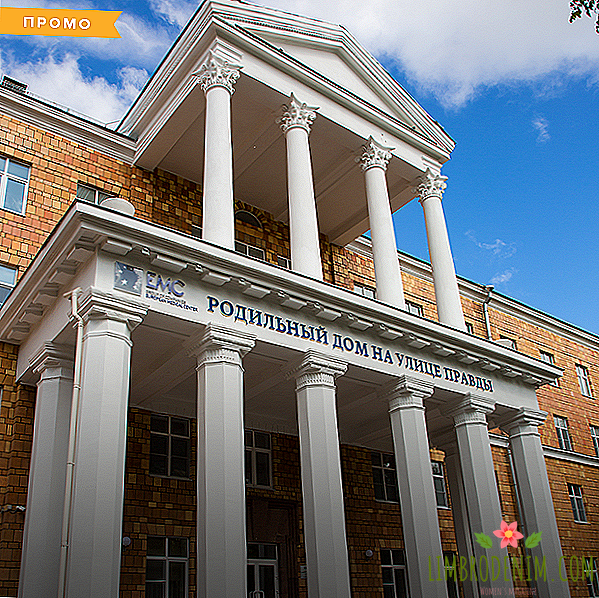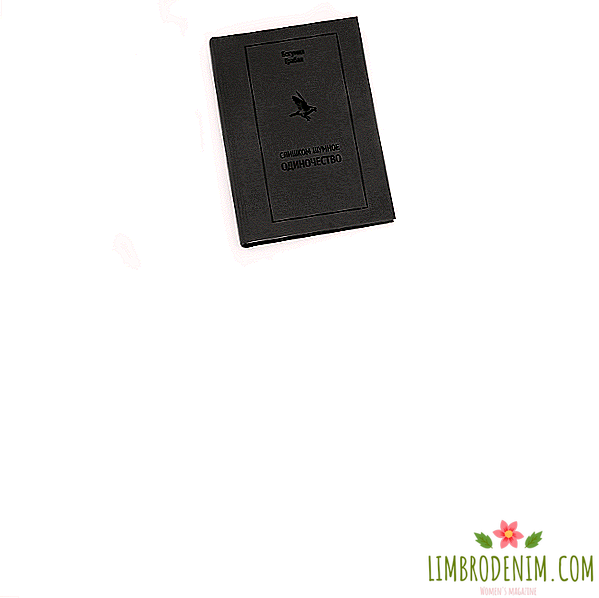Make a nose: When you need to fix the septum
Having made aesthetic surgery on the nose, many say that it was needed "because of a curved septum" - while other people manage to live after a broken nose, not seeking surgical correction. We tried to figure out when you still need to correct the nasal septum, how rhinoplasty differs from septoplasty and from where an additional hole may appear in the nose.

What are the operations on the nose
Rhinoplasty is an aesthetic operation that is performed to change the shape of the nose. Septoplasty is a medical operation that is necessary when there are medical indications for it. These include septum curvature, impaired normal nasal function (i.e., difficulty breathing), some birth defects or injuries. During this operation, the surgeon restores the normal anatomy of the nose. These operations can be combined in one - then the doctor simultaneously eliminates the curvature of the septum and aesthetically corrects the shape of the nose. It happens and reconstructive rhinoplasty, in which they restore a heavily damaged or missing (due to injury, burn, dog bite) nose.
There is no medical indication for rhinoplasty, and it is performed at the request of the patient or the patient. Usually people are not satisfied with a hump, a snub nose, the size of the nostrils or the wings of the nose. Such operations are carried out frequently and successfully - although sometimes, unfortunately, the results do not meet expectations. On the one hand, if you want to "make a nose", it does not prevent us first of all from understanding whether this will really bring satisfaction with itself. If this is not the case, it makes sense to start working with a psychotherapist. On the other hand, if you nevertheless decided on an operation, you should be careful and very careful in choosing a doctor or clinic and not chasing after “innovative” methods at suspiciously low prices.
An otorhinolaryngologist, Elena Mironova, tells how a patient approached her with a violation of breathing through her nose and deflecting the tip of the nose to the left. It turned out that six months before that she had had rhinoplasty, changing the tip of the nose from snub-nosed to sharp. Unfortunately, with such operations, complications can arise - and because of a problem with the nasal valve, it was necessary to perform a second operation with a long rehabilitation. Before that, rinomanometry must be performed - a procedure that helps determine how many percent each nostril breathes. In general, in most cases, there are no long-term effects on nose operations: defects (or lack thereof) are most often seen immediately after removal of the dressing - although there are other cases.

How often impose unnecessary operations
Although the curved nasal septum is an indication for septoplasty, it is important to understand that septum curvature is common, and not all need an operation — for many it will not affect the quality of breathing. A study is currently being conducted in Holland, in which it is planned to include two hundred patients with indications for septoplasty and divide them into two groups: one will be operated on, others will be treated with conservative treatment. The results have not yet been published, and the reason for conducting the study was the suspicion of too many unnecessary operations.
Operations are often imposed when they are not needed - especially for private clinics. But in the course of the operation, without which it was possible to do without, the architecture of the nose can be broken, and then breathing problems will definitely arise. This may lead to new ones: repeated septoplasty, conchotomy (partial or complete removal of enlarged concha), vasotomy (dissection of the vascular connections between the mucosa and periosteum). Sometimes during the operation, the partition is bent to the other side, and it only gets worse. In general, a small innate curvature that does not interfere with breathing is simply a feature that does not require correction.
When septoplasty really need
Sometimes the septum is so twisted that the quality of life deteriorates — it becomes difficult or impossible to breathe through the nose. As a result, tachycardia, headache, concentration is disturbed; often there is sinusitis - inflammation of the paranasal sinuses (it is also called "antritis"). Septoplasty is necessarily necessary when the curvature of the septum is combined with dependence on vasoconstrictor drops; at the same time, a person constantly uses drops and sprays, and a runny nose does not go away, because his main reason is a violation of the anatomy of the nose. With a curved septum and obstructed nasal breathing, vision may decrease — this is due to the constant sluggish lack of oxygen in the brain. A curved septum can cause snoring, disrupting the sleep of a person and his or her loved ones.
Such operations are quite "bloody", and they are carried out under general anesthesia. Small volume operations are performed under local anesthesia, for example, when a vasotomy is performed with a laser (dissection of blood vessels) or when the bone ridge on the nasal septum needs to be removed. For those who need septoplasty for health reasons, it significantly improves life. According to Mironova, the patient, who complained of difficulty breathing, headache and frequent sinusitis, completely recovered through the nose after septoplasty. Moreover, due to the elimination of persistent stress and headache, eating habits returned to normal.

From where in the septum holes
Sometimes there is a perforation of the nasal septum - the formation of a through hole through which the nostrils communicate with each other. At the same time, crusts often form in the nose, whistling is heard when breathing, there are bleeding and an unpleasant smell from the nose. Causes are most often associated with the action of chemicals - for example, when working in a hazardous industry or using cocaine. Cocaine is a powerful vasoconstrictor, and was once used in dentistry and ENT operations for anesthesia and to stop bleeding. Its chronic effect leads to the fact that a section of tissue stops receiving the necessary substances with blood, mucous membrane atrophies, and after it the cartilage is thinned and destroyed.
Perforation can be operated on - for this, a piece of cartilage is taken, for example, from the ear. True, it is difficult for patients with drug addiction to achieve good results: even a single case of cocaine use can lead to the graft not taking root and a hole will appear again; The situation is also complicated by frequent co-infections, including HIV and hepatitis viruses. Sometimes special caps are used for correction.
Can I print a nose on a printer
The failed noses used to scare when they talked about syphilis. Now, fortunately, these stories have remained only in textbooks - but the mechanism of destruction of the nose under the influence of drugs and other dangerous substances is the same: the partition becomes thinner, the cartilage collapses and the back of the nose collapses.
To close the issue of rebuilding the septum and lost nasal tissues (for example, in case of injury), we asked Yusef Hesuani, managing partner of 3D Bioprinting Solutions, whether it is possible to print the nose or its parts on a 3D bioprinter. The answer turned out to be unequivocal: at the moment it is impossible, although, according to Hesuani, some time ago in the Chinese domestic media there was information about the initial developments in this area.
Photo:DadoPhotos - stock.adobe.com, Andrei - stock.adobe.com, JPC-PROD - stock.adobe.com





